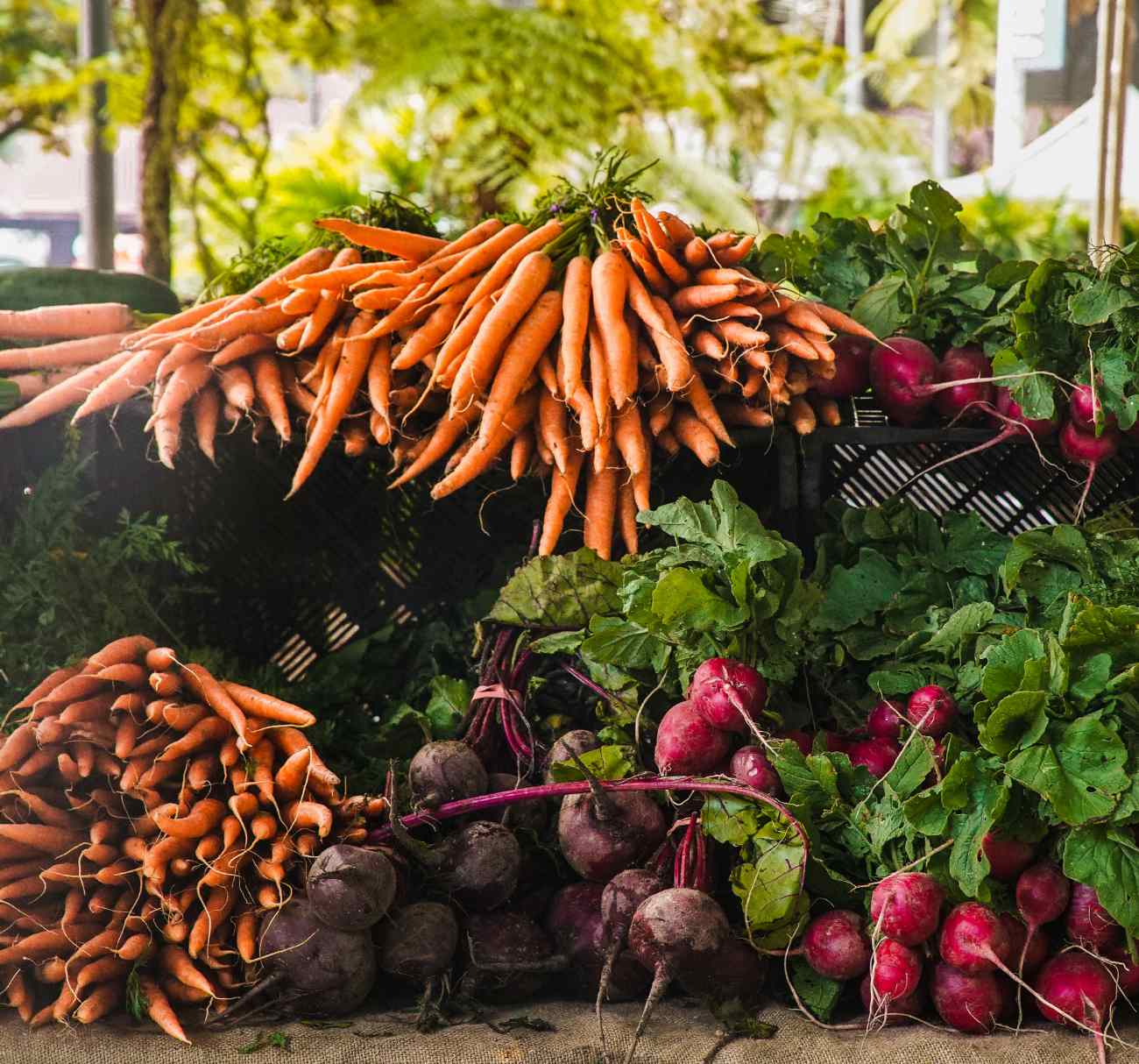Let’s talk
The global food system underpins our economies, societies, and wellbeing. It provides jobs for billions of people, contributes nearly 10% of global GDP, and sustains every community on earth. Yet, it is also the single greatest driver of biodiversity loss - responsible for 70% of terrestrial biodiversity loss and 50% of freshwater biodiversity loss, 80% of global deforestation and 30% of human-caused greenhouse gas emissions.
The very foundations that agriculture depends upon — healthy soils, clean water, pollinators, and a stable climate — are being undermined by current practices. This poses profound risks for businesses across the food value chain, from producers to retailers to investors.
But transformation is possible — and urgent. With the right strategies, the agri-food system can shift from being the biggest threat to biodiversity to becoming its greatest ally.
The food and agriculture sector faces mounting pressures from regulation, investors, and consumers. Global trends are reshaping expectations, requiring companies to balance growth with sustainability, resilience, and transparent disclosure
CSRD, TNFD, and the Global Biodiversity Framework are raising the bar for food companies to measure, manage, and disclose nature-related risks.
Demand for transparency on sourcing, emissions, and land-use practices is accelerating.
.jpg)

If left unaddressed, sector challenges will continue to erode supply chain resilience, increase costs, and undermine long-term food security.
Half of agricultural land is already degraded, reducing yields and resilience. Land conversion for farming is the leading driver of biodiversity loss, creating long-term risks for productivity and supply security.
Agriculture consumes 70% of global freshwater and pollutes rivers and aquifers through fertiliser and pesticide use. This creates both physical risks (scarcity, crop failure) and regulatory risks (stricter limits and compliance costs).
The sector contributes ~30% of global GHG emissions but is also among the most exposed to climate impacts. Loss of pollinators, shifting weather, and extreme events threaten yields, trade flows, and farmer livelihoods.
Transforming food and agriculture presents vast opportunities: improving resilience, unlocking new markets, and accessing sustainable finance while aligning with global biodiversity and climate goals
Reduce input use through regenerative practices, boosting efficiency and resilience.
Capture demand for sustainable, plant-based, and premium biodiversity-friendly products.
Unlock green finance and lower risks via nature-positive disclosures and compliance.
Eliminate food loss across supply chains, driving efficiency and driving operational savings

We work with our clients to map nature impacts and dependencies throughout their agricultural value chains, identifying priority pressures such as deforestation, soil degradation, or water stress.

We collaborate with client teams to translate material nature-related impacts and dependencies throughout agri-supply chains into business risks and opportunities.

We support clients to distill nature-related dependencies, impacts, risks and opportunities into credible reporting that can be used to drive action.

We help craft credible nature strategies with clear targets and actions that tackle key dependencies, impacts, and risks while unlocking opportunities that drive business value and sustainable performance.